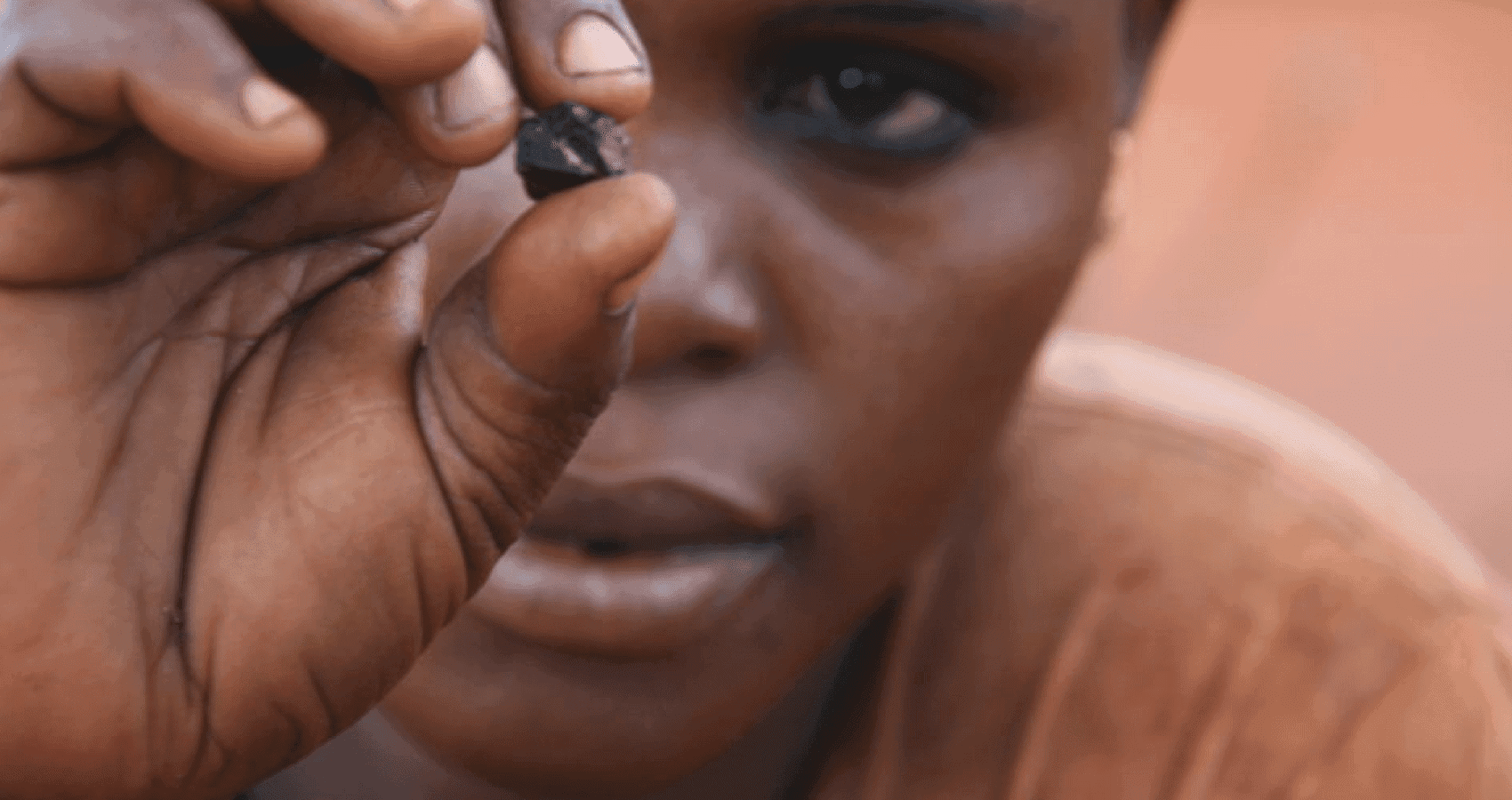Approximately 40 million people work in artisanal and small-scale mining (ASM), while an additional 150 million individuals across 80 countries depend on the sector for their livelihoods.
Women make up a large percentage of this workforce. In Africa alone, women represent up to 50 per cent of the ASM sector. Although women play a crucial role in ASM, there’s an invisibility problem. Men’s participation and access to resources within ASM often overshadows those of women. While women’s challenges in the sector have been studied, meaningful and increased effort is needed to create a better, and more widespread, understanding of women’s importance to ASM while supporting their economic empowerment.
There are interventions currently being adopted to address challenges and promote women’s role in ASM. However, the level of impact is typically short-term, limited in scope or scale, or simply insufficient.
We therefore must ask ourselves: how can stakeholders jointly foster women’s active and successful participation in ASM? What policy mechanisms can reinforce gender equality while providing incentivizes for women? What interventions can uplift women’s voices and leadership skills?
We launched the IGF Case Study series at our 2019 Annual General Meeting. The first in the series, Skills Building for Women in Artisanal and Small-Scale Mining, explores stories from three women in Mongolia, Zambia, and Zimbabwe and the lessons learned from their experiences in ASM. We outline some of these below.
Encourage multistakeholder collaboration
Donor-driven initiatives should work collaboratively with local governments and practitioners when designing and implementing programs to empower women. This will lead to increased trust between stakeholders, as well as better engagement and smoother implementation. Multistakeholder collaboration can also result in more opportunities for women to meaningfully participate and have their voices heard in policy making. These efforts will align national priorities and ensure programs have direct influence on policy reform.
Foster peer learning
To further support skills building for women in ASM, donor organizations should meaningfully foster women miners’ associations or women’s groups’ involvement in empowerment programs and partnerships with international institutions.
Introduce tech to capacity building
Women in ASM not only need to be connected to one another, but to the latest technologies. Donors, practitioners, governments, and women’s groups should collaborate to ensure women in ASM not only have access to technology, but to the support needed to learn how to use and implement them efficiently. Other digital tools, such as videos, story handbooks, online learning platforms, and social media, can also supplement capacity building efforts.
Cultivate leadership
Women miners’ associations have the potential to be the bedrock for successful initiatives to empower women in ASM. Governments should therefore seek donor and financial institutions’ support to strengthen capacity within women miners’ associations, focusing on leadership and managerial training of association members. This can lead to a well-structured capacity building program empowering women in their potential as miners, leaders, and mentors.
For more information, please read IGF Case Study: Skills building for women in artisanal and small-scale mining. Stay tuned in the weeks and months to come as we launch the next case studies in the series, focused on new technology in mining, post-mining transitions and more.

